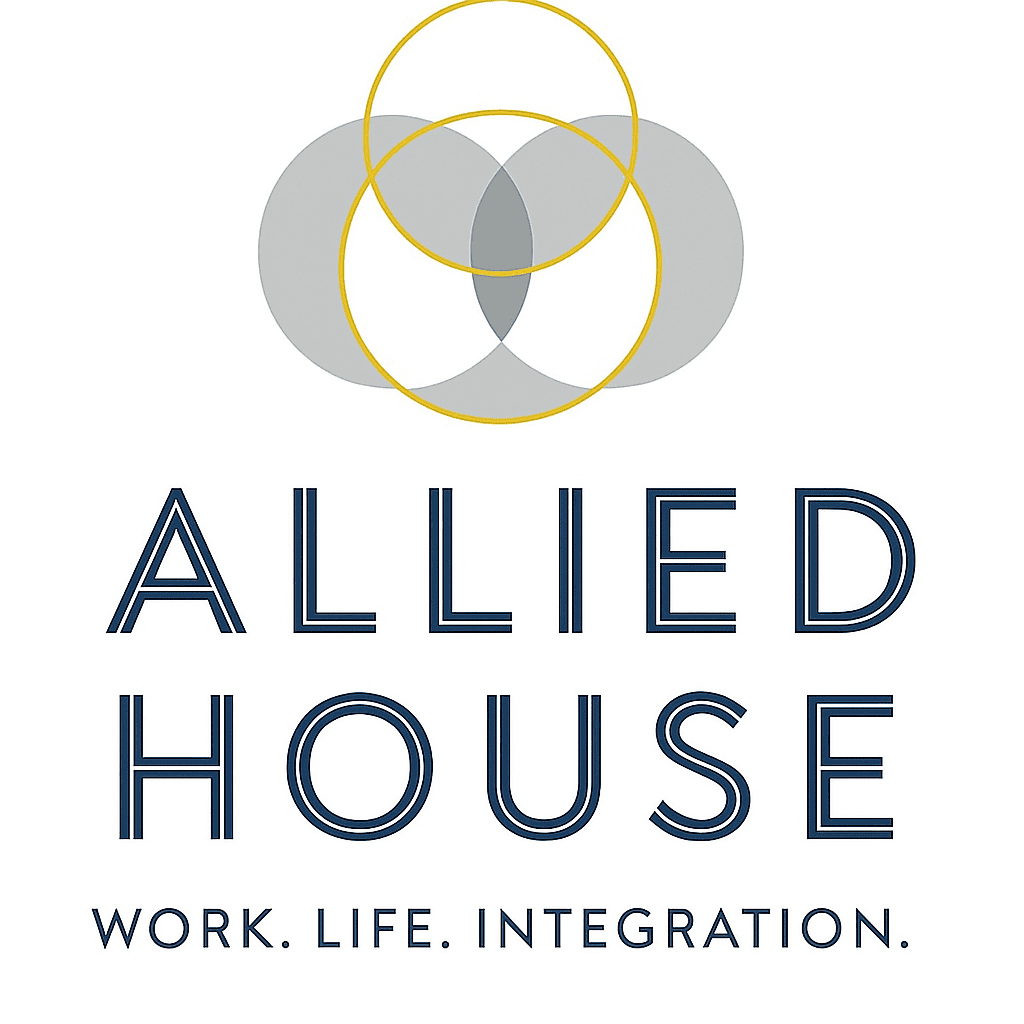Twickenham's Professional Renaissance
Twickenham stands at a fascinating crossroads. Known for rugby heritage and riverside charm, this Southwest London borough is experiencing a quiet professional renaissance. As remote work reshapes professional environments, Twickenham's unique position—close enough to Central London for credibility, far enough for quality of life—makes it ideal for the next evolution in workspace design.
The question isn't whether Twickenham needs more workspace options. It's whether these spaces will replicate Central London's productivity-obsessed coworking model, or evolve into something more holistic—environments recognising professionals as complete human beings with wellness needs, family responsibilities, and desire for meaningful community.
The Commuter Paradox
According to 2021 Census data, 68% of Twickenham residents work outside the borough, creating "dormitory syndrome"—a community that empties during working hours. Yet these same professionals chose Twickenham for quality of life: green spaces, family amenities, excellent schools, riverside culture.
Post-2020 research reveals 73% of UK professionals now work hybrid schedules. For Twickenham residents, this creates unprecedented opportunity. Instead of five days Central London commuting, many need professional environments just 2-3 days weekly.
This demands a new workspace category—not cramped, productivity-focused spaces designed for daily use, but environments sophisticated enough for client meetings, flexible enough for varying schedules, and integrated enough to support the whole person.
Current Landscape: The Productivity-Only Gap
Twickenham's existing coworking follows conventional Central London models:
Desk density over comfort
Basic amenities: coffee, WiFi, meeting rooms
Productivity metrics over wellbeing
Surface networking over meaningful community
Research reveals significant gaps:
Family Integration: 47% of Twickenham professionals are parents, yet no space addresses childcare needs
Wellness Integration: Current spaces treat health as separate from work
Community Depth: Networking focuses on business cards, not relationships
Flexible Access: Structures assume daily use, not hybrid schedules
Transport Advantage
Twickenham's connectivity provides unique professional advantages:
London Waterloo: 25 minutes direct
Clapham Junction: 15 minutes to Victoria, London Bridge
Richmond: 8 minutes to District Line networks
A316/A238: Direct road access to Central London and M25
This means accessing Central London when needed while avoiding daily commute stress.
Local Business Ecosystem
Twickenham's professional infrastructure supports integrated working:
Financial Services: Local banks, advisors, accounting firms
Legal Services: Established solicitors for business and personal needs
Healthcare: Private healthcare, physiotherapy, wellness practitioners
Hospitality: Quality restaurants and cafes for client entertainment
Cultural Assets: Twickenham Stadium, Orleans House Gallery, riverside walks, Richmond Park proximity
These amenities support the lifestyle integration approach modern professionals increasingly seek.
The Lifestyle Integration Evolution
Traditional coworking assumes work is separate from life. Contemporary workplace psychology proves this separation is counterproductive. Harvard Business Review (2024) shows professionals in integrated environments report:
34% higher job satisfaction
28% better work-life balance
41% reduced stress-related health issues
23% increased creative problem-solving
The lifestyle members club model recognises successful professionals as whole humans with interconnected needs:
Wellness Integration: Fitness, mindfulness, health-focused amenities
Family Accommodation: Childcare, parent-professional community
Professional Development: Mentorship, skill development, career growth
Community Depth: Relationships extending beyond professional transactions
The Integrated Approach: A New Model
The most successful workspace innovations prioritise human flourishing over pure productivity metrics. This approach recognises that professional success and personal wellbeing are complementary rather than competing forces.
Integrated workspace design supports multiple dimensions of professional life:
Professional Excellence: Premium facilities that enhance rather than compromise work quality
Wellness Integration: On-site fitness, mindfulness spaces, and health-focused design
Family Harmony: Facilities that acknowledge parent professionals' dual responsibilities
Community Building: Environments fostering meaningful relationships beyond transactional networking
Lifestyle Support: Services recognising that administrative tasks drain professional energy
Economic Impact of Integration
Lifestyle-integrated spaces create different economic impacts than traditional coworking:
Local Spending: Professionals working locally support local businesses
Extended Engagement: Integrated facilities encourage longer local stays
Family Economy: Family-friendly spaces bring children into local economy
Knowledge Transfer: Deeper relationships facilitate skill sharing
Collaborative Innovation: Cross-industry connections spark opportunities
Choosing Your Professional Space
Consider these integrated factors:
Professional Requirements: Workspace frequency, meeting types, technology needs
Wellness Priorities: Fitness importance, stress-reduction facilities, environmental impact on creativity
Family Considerations: Childcare responsibilities, family-friendly facilities, community support
Community Values: Networking depth, mentorship importance, local contribution
Evaluate space design and philosophy:
Does design promote wellness or just productivity?
Are facilities genuinely integrated or just co-located?
Does the space feel energising or draining?
Does community philosophy prioritise member success or occupancy rates?
The Future of Professional Spaces
Demographic trends support lifestyle integration:
Aging professionals prioritising wellness over pure advancement
Parent professionals balancing career and family
Increased wellness awareness as professional necessity
Post-pandemic demand for meaningful community
Technology enables flexibility:
Hybrid work tools reducing daily office needs
Flexible booking matching varied schedules
Wellness integration through health monitoring
Digital community platforms enhancing in-person relationships
Conclusion: Integrated Success
Twickenham's combination of lifestyle quality, transport connectivity, and growing professional population creates ideal conditions for workspace innovation. The lifestyle members club model represents evolution beyond traditional coworking toward spaces designed for human flourishing.
The choice isn't between productivity and wellness, professional success and family harmony, individual achievement and community contribution. It's between spaces forcing false choices and environments recognising their fundamental integration.
For Twickenham professionals, the future of work isn't about perfect balance between competing priorities. It's about creating environments where professional excellence, personal wellness, and community contribution are complementary expressions of integrated success.
The coworking revolution began with shared desks. The lifestyle integration evolution begins with recognising professionals as whole human beings deserving environments supporting complete flourishing.
